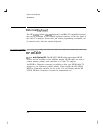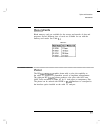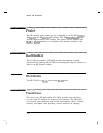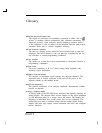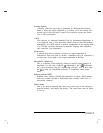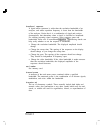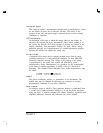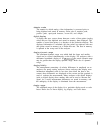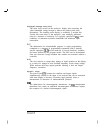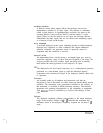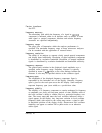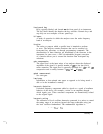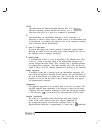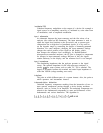
I
-
I
-
correction factor
The factor by which a measurement reading must be multiplied to correct
for the effects of errors due to analyzer circuitry. This factor is the
product of the ratio and phase-angle correction factors for the existing
conditions of operation.
CRT persistence
An indication of the rate at which the image fades on the display. In
analyzers that digitize the trace information (video) before writing it to
the screen, the refresh rate is high enough to prevent any flicker in the
display; therefore, short-persistence displays are used. Purely analog
analyzers typically use long-persistence or variable-persistence displays
because the refresh rate equals the sweep rate.
current probe
A magnetic Eeld sensor that is clamped around power lines to sense
conducted emissions. It is the preferred transducer for most MIL-STD
conducted emissions testing. The voltage at the output of the probe
is proportional to the power line current and affected by probe
characteristics. Probe characteristics are provided by the manufacturer
in the form of transfer impedance, Z, which varies as a function of
frequency. The equation below illustrates how probe characteristics may
be stated:
Z(dBQ)
=
V(dBpV)
-
Z(dBpA)
default
The preset conditions, options, or parameters of an instrument. The
default state may be changed by choosing key selections or writing
programming commands to use other conditions.
delta marker
An analyzer mode in which a Exed reference marker is established, then
a second active marker becomes available so it can be placed anywhere
along the trace. A readout indicates the relative frequency separation and
amplitude difference between the reference and active markers.
Glossary-6



